Filter by
The language used throughout the course, in both instruction and assessments.
10,000 results for "adding and filling in shapes"

California Institute of the Arts
Skills you'll gain: Graphic Design, Design and Product, Visual Design, Communication, Computer Graphics, Creativity, Graph Theory, Visualization (Computer Graphics), Geometry, Interactive Design
 Status: Free
Status: FreeThe University of Tokyo
Skills you'll gain: Computer Graphics, Algorithms

Coursera Project Network
Skills you'll gain: Web Development
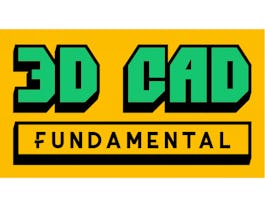 Status: Free
Status: FreeNational Taiwan University
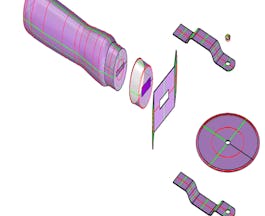
University of Michigan
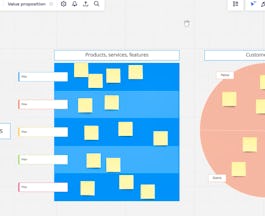
Coursera Project Network
Skills you'll gain: Marketing
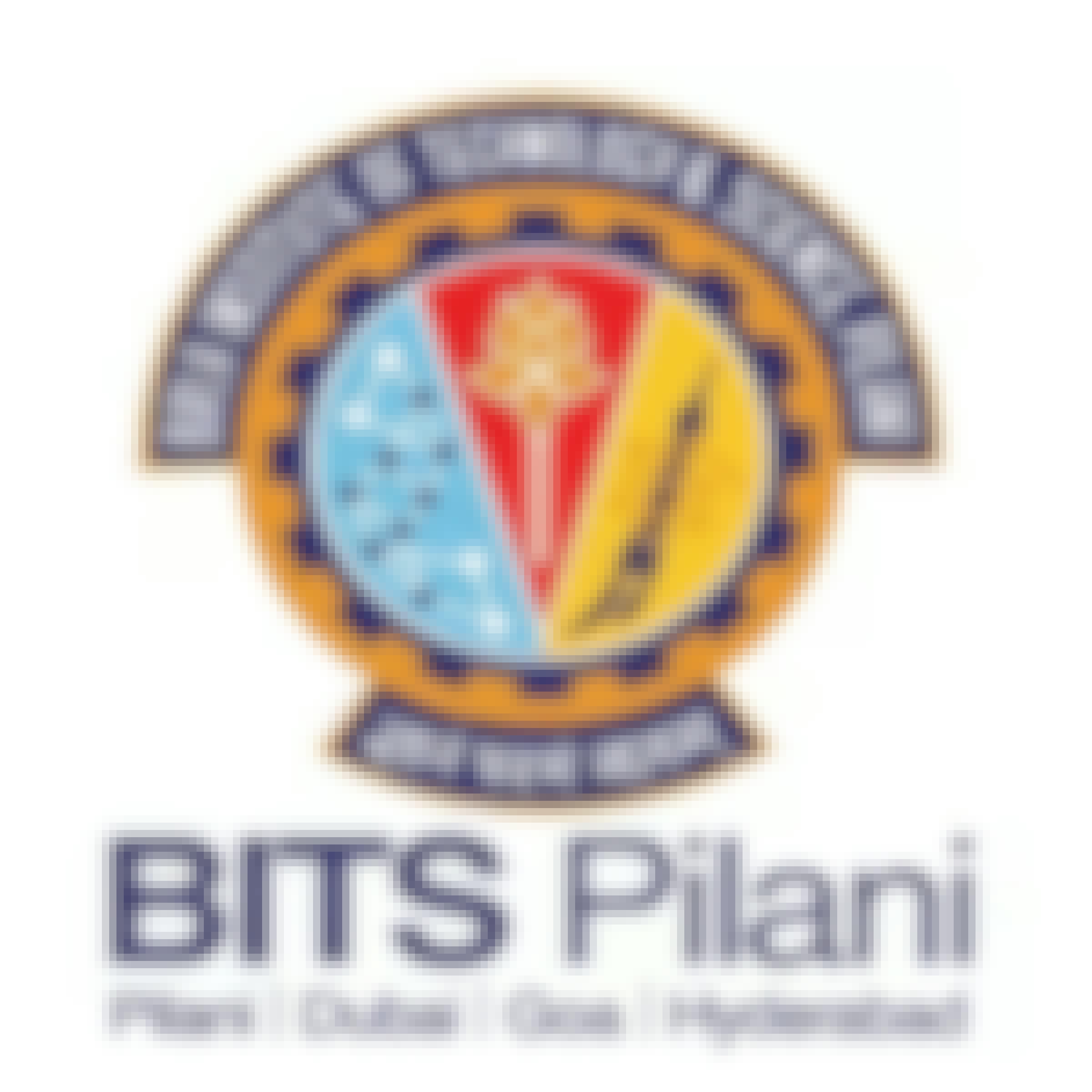 Status: Free
Status: FreeBirla Institute of Technology & Science, Pilani
Skills you'll gain: Mathematics

University of Illinois at Urbana-Champaign
Skills you'll gain: Design and Product, Creativity, Product Design, Product Development, Research and Design, Entrepreneurship, Innovation, Problem Solving, Strategy and Operations, User Experience Design, Critical Thinking, Hardware Design, Interactive Design, Product Management, Software Engineering Tools

Columbia University
Skills you'll gain: Leadership and Management, Planning, Project Management, Strategy and Operations, Critical Thinking, Computational Logic, Estimation, Process Analysis, Statistical Visualization, Mathematics

Google Cloud
Skills you'll gain: Business Analysis, Spreadsheet Software, Data Analysis, Data Visualization
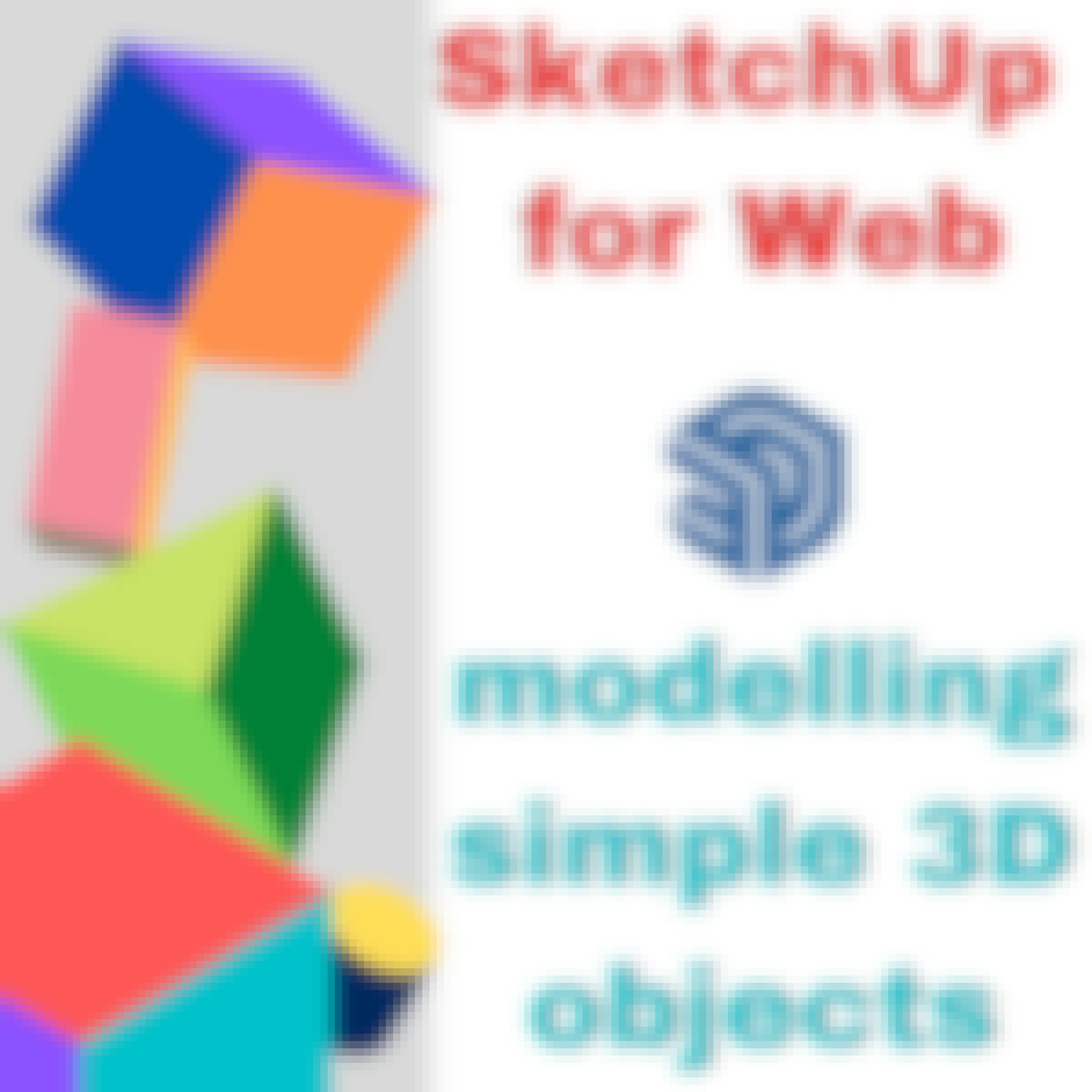
Coursera Project Network
Skills you'll gain: Computer Graphics, Graphic Design, Product Design

Johns Hopkins University
Skills you'll gain: Mathematics, Algebra, Problem Solving, Calculus, Critical Thinking, Mathematical Theory & Analysis, Linear Algebra, Plot (Graphics), Applied Mathematics, Data Model, Regression, Angular, Geometry, Data Analysis, Graph Theory
In summary, here are 10 of our most popular adding and filling in shapes courses
- Graphic Design: California Institute of the Arts
- Interactive Computer Graphics: The University of Tokyo
- Tables and Forms in HTML: Coursera Project Network
- 3D CAD Fundamental: National Taiwan University
- Introduction to 3D Modeling: University of Michigan
- Create a value proposition canvas in Miro: Coursera Project Network
- Basic Mathematics: Birla Institute of Technology & Science, Pilani
- 3D Printing and Additive Manufacturing: University of Illinois at Urbana-Champaign
- Construction Scheduling: Columbia University
- Doing more with Google Sheets: Google Cloud










